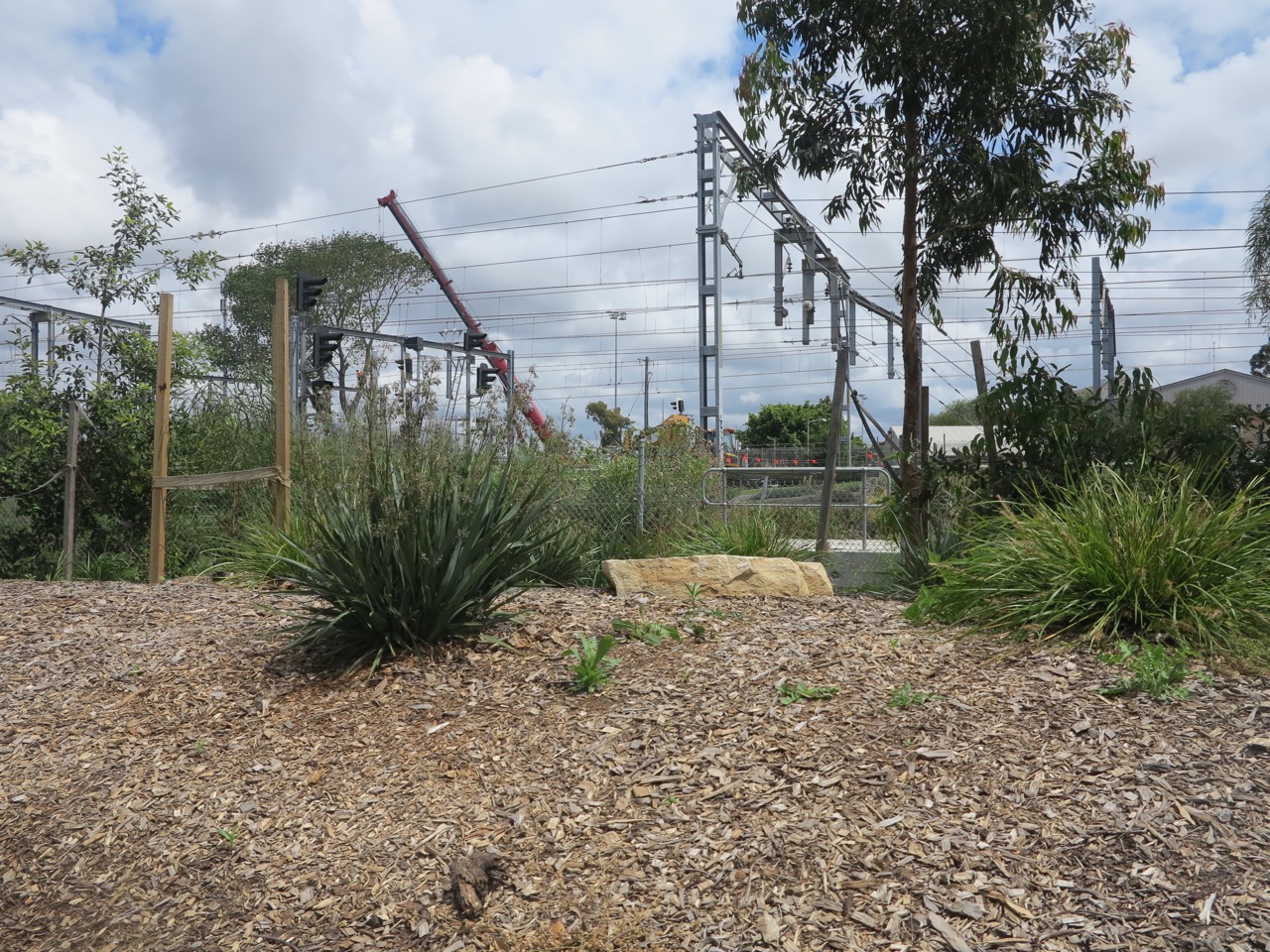Fenced In/Out
Fenced In/Out (2018)
A rhombic net strung tightly between posts, captures complex moments, distributing them evenly – forwards and backwards, side to side – weaving together a collection of opposites, and muddying a spatial distinction between mirror and reflection.
I’m fenced in and fenced out.
Where one side produces the other, and where each half is a half only in connection to the sliver of mesh separating them, to trace a line means also to pace an edge. And this edge grids and frames two sides at once. This edge facilitates encounters. It’s matted, and binds together a ground that has been mowed so deeply that it gathers only dead leaves, with a ground thick with the roots of self-sown creepers and spindly grasses.
Walking through the low picket gate is like being funnelled into a craypot. As the channel widens out I worry about my limbs getting caught in the netting, and the diamond shaped wire making diamond shaped welts on my wrists.
A voice lands in the back of my mind, along with an image of a body, doubled and motionless. Held in between; the remainder. A gentle suggestion, ‘try cutting the vertical strands if you can. Pliers are in the bucket on the back of the ride-on.’
Built on both sides, the fence multiplies meanings. A binary fission – halving, repeating, awkward contact, and a time when I stopped breathing. Crystallising a chain reaction, a cascading dune is simulated in a virtual spread towards a screen I can’t clear. My eyes are wet.
Looping around, one fence leads into the next, and the next, and the next. Cyclone wire becomes shade cloth becomes barbed wire becomes locked gates becomes corrugated iron becomes bricks becomes metal posts becomes pickets becomes cyclone wire. Relying on a shared tension in order to remain upright, the fences turn to one another for support.
Wires strengthen as they coil themselves around each other. Tessellating holes – big enough for wind and dust and pollen, and the odd whistle and shout from a soccer match across the tracks, to flood through – twist and tangle a border into focus.
But the border is forgetful. Memories of which side came first fell into the mesh and disappeared, replaced by an unfolding sequence of glitches that mark occasions with unease.
I lay back on the cold concrete platform, looking up from the shadows at a few bright stars sneaking their way through the city’s haze. My left palm was bleeding a little, after getting snagged on a sharp bit of steel. A fine white powder brushed from the unsealed slab onto the fibres of my clothes, and dried out my skin.
Fenced In/Out was developed for Home Ground Advantage, curated by Kate Beckingham and Chris Dolman at Tillman Park, Sydenham, as part of Twenty Thirty Seven. Home ground advantage used the natural tree lined borders of Tillman Park sports field to frame the work of 12 exhibiting artist within the context of fair play and community spirit. The project combined these themes by recognising a similarity between the balance of togetherness and competitiveness fostered in team sports and that of an arts community, and also simply the act of artistic experimentation involving play. By holding this exhibition in a public park, the project welcomed an audience of friends and family, artists and spectators, children, dogs and passers by, much like that of a grass roots, amateur weekend sporting match.





